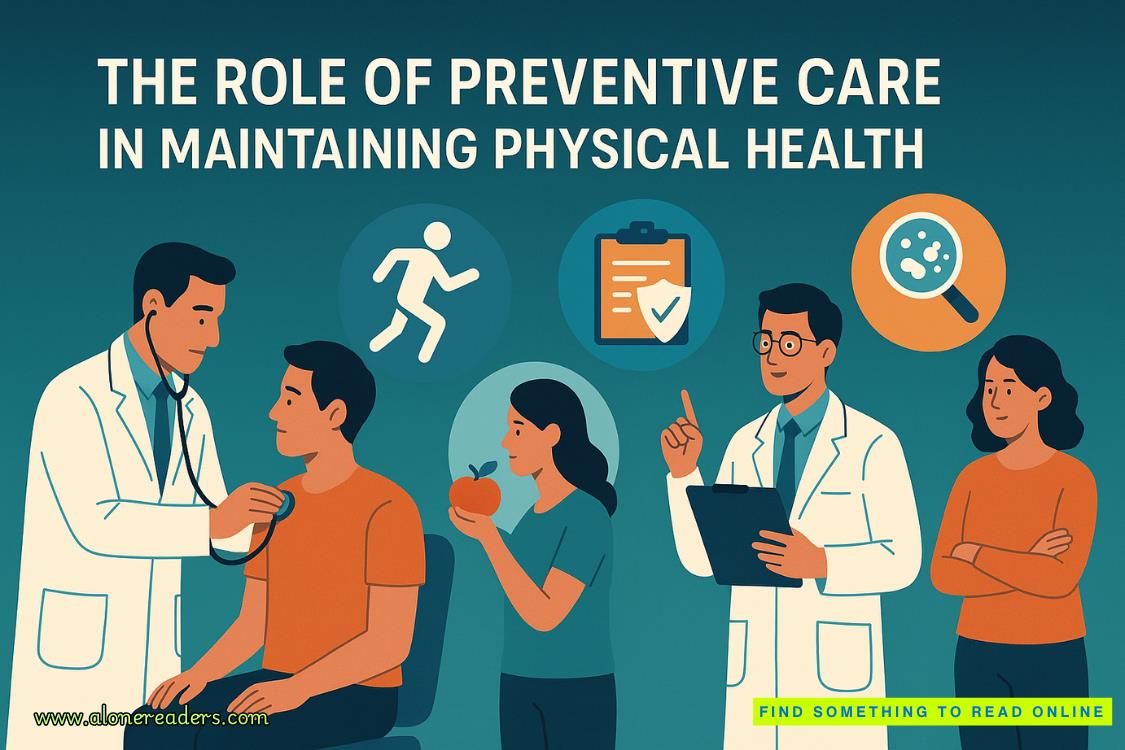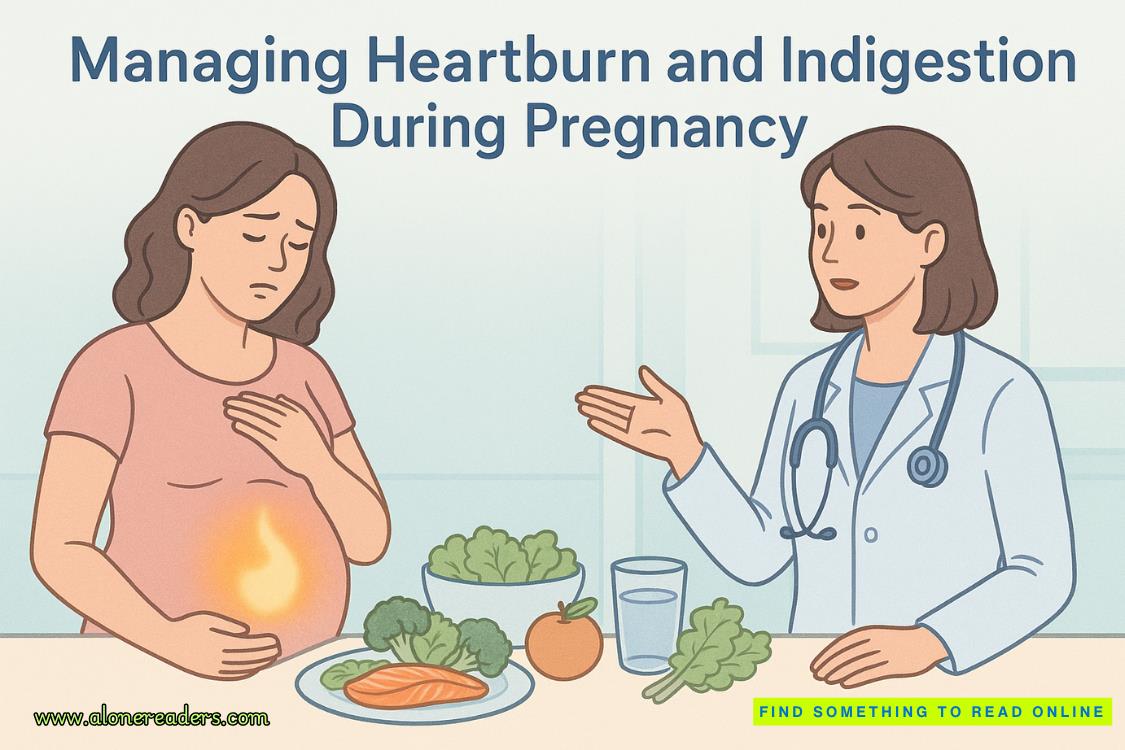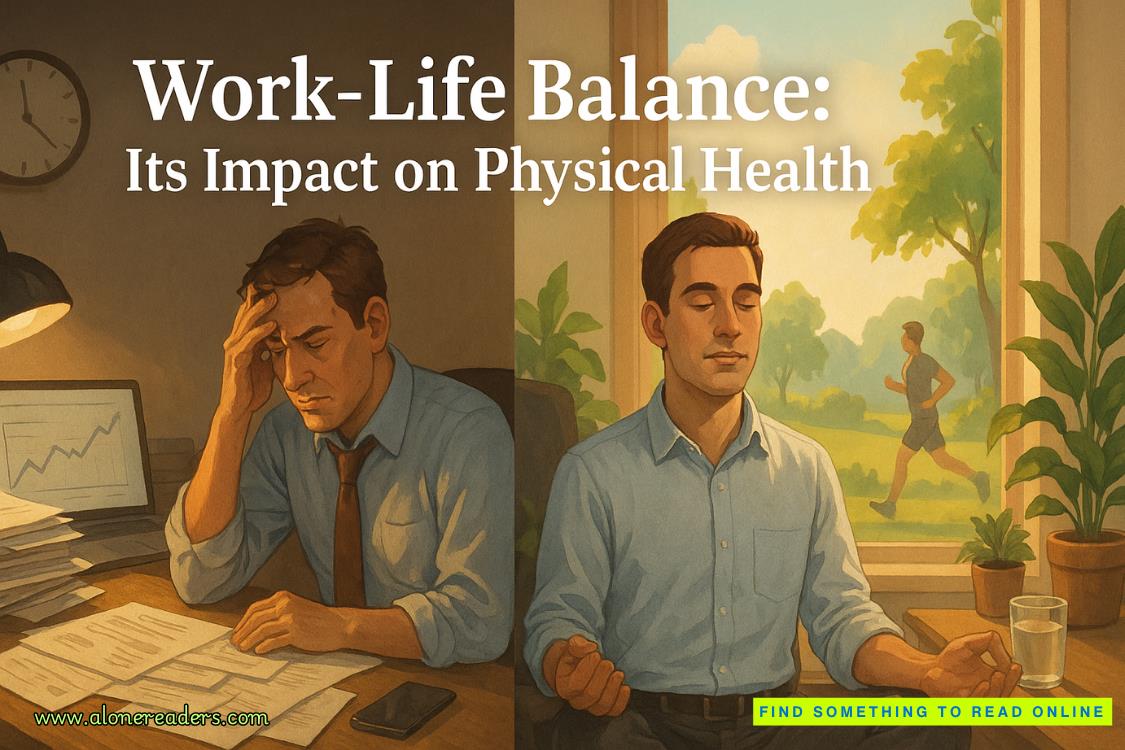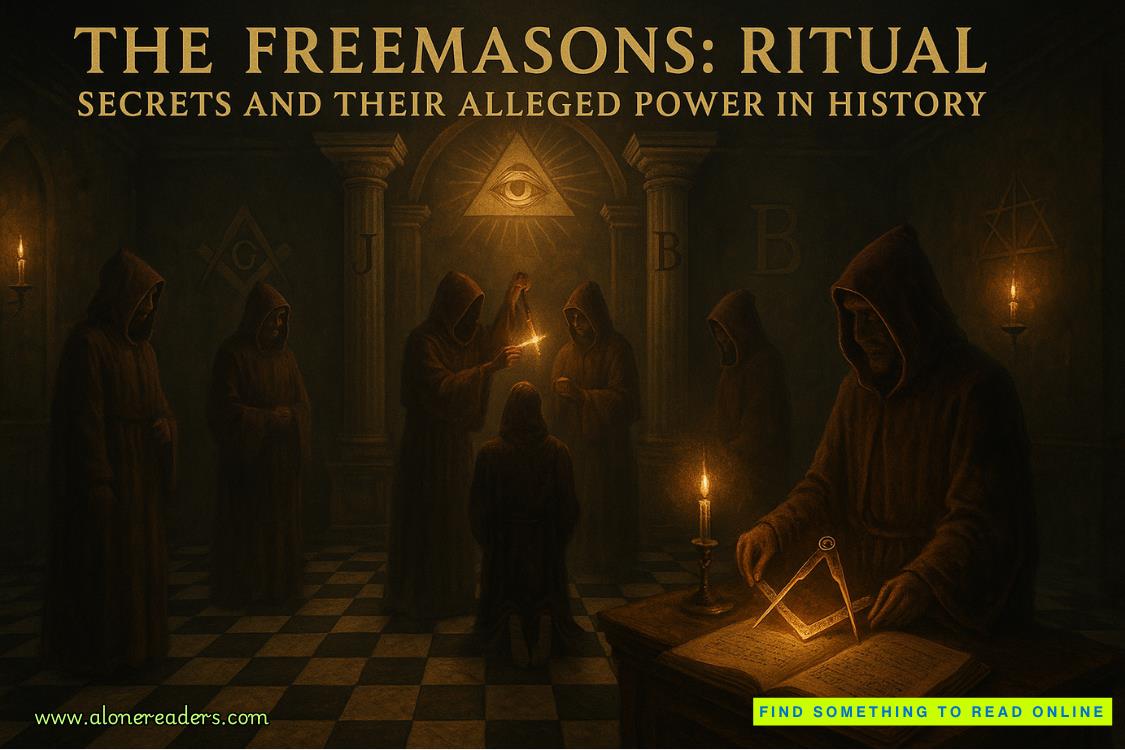Page 68 of Doctor Neighbor
“I’m here, sweetie,” I said, squeezing her hand gently. “You’re going to be okay. The doctors are taking good care of you.”
Since then, Maddie has been in and out of sleep, her minuscule body fighting so hard. She’s scared and uncomfortable, and I do my best to soothe her and be strong for her. She complains of being tired and having aches all over, and each time she says it, my heart breaks a little more.
Dr. Bellinger checks in regularly, and his presence is a steady anchor in the chaos. Based on Buster’s assurances, he is the best doctor here to be helping us. Dr. Bellinger reassures us that Maddie’s vitals are holding steady, but he’s careful not to give false hope. The wait is excruciating, but he reminds us that this time is necessary to get the most accurate results.
This is the the third day, and it feels like the three hundredth. Dr. Bellinger walks into Maddie’s room, his expression unreadable. My heart pounds in my chest as he holds up the lab report.
“We have the results,” he says, his voice calm but serious. “It’s AML.”
The words hit like a sledgehammer. I gasp my grip on Buster’s hand tightening. My mind races, trying to piece together everything I’ve read. Acute Myeloid Leukemia. Aggressive. Deadly. My baby girl.
“What do we do now?” Buster asks, his voice steady despite the fear I can see in his eyes.
“We start with induction therapy,” Dr. Bellinger explains. “It’s aggressive chemotherapy to get the leukemia into remission. Maddie will need to stay in the hospital for the initial treatment, and we’ll monitor her closely for any side effects or complications.”
I nod, tears streaming down my face. “How long will it take?” I manage to ask, my voice barely above a whisper.
“The induction phase usually lasts about a month,” Jonah replies. “After that, we’ll evaluate her response and determine the next steps. It will be a tough road, but we’re here for her every step of the way.”
Buster squeezes my hand, trying to offer some comfort. “We’ll get through this. Maddie is strong, and so are we.”
Dr. Bellinger nods, giving us a reassuring look. “We’ll start the treatment immediately. She’s in good hands.” My eyes fixate on the tattoos sneaking out of the bottom of his shirt sleeve—anything to quiet the constant worry and chatter in my mind.
As the medical team prepares to begin Maddie’s treatment, I take a deep breath, steeling myself for the fight ahead. We’re in for a long and challenging journey, but I’m determined to see Maddie through it. I won’t let anything stand in our way for her sake and Buster’s.
I'm still reeling from the AML diagnosis when Dr. Bellinger returns, his face even more serious than before. My heart sinks. What now?
"I'm afraid I have more bad news," he begins, his voice gentle but firm. "When we ordered the biopsy, we also ran genetic tests. The results show that Maddie has a particularly aggressive form of AML."
The words wash over me, each one feeling like a physical blow. Aggressive. My baby girl. How can this be happening?
Dr. Bellinger continues, his words becoming a blur of medical jargon. I catch phrases like "FLT3-ITD mutation," "poor prognosis," and "intensive treatment protocol," but I can't make sense of it all. I look to Buster, desperate for clarity.
After Dr. Bellinger leaves, Buster takes my hand, his eyes full of concern. "Cole, I know this is overwhelming," he says softly. "Let me break it down for you."
I nod, unable to speak.
"Maddie's AML has a specific genetic mutation called FLT3-ITD," he explains. "It's associated with a more aggressive form of the disease. This means the treatment will be more intense, and the risk of relapse is higher."
I feel like I can't breathe. "What does that mean for her chances?" I manage to ask.
Buster takes a deep breath. "It's going to be a tough fight," he admits. "The five-year survival rate for this type of AML is lower than other forms. But Cole, that doesn't mean there's no hope. There are new targeted therapies specifically for this mutation, and Maddie is young and strong."
I look over at Maddie, sleeping peacefully in her hospital bed, unaware of the battle her body is about to face. "What do we do now?" I ask, my voice barely above a whisper.
"After reviewing Maddie's case, we've determined that chemotherapy alone won't be enough," he explains. "Maddie will need a bone marrow transplant, also known as a stem cell replacement."
I look to Buster, my eyes wide with confusion and fear. He squeezes my hand reassuringly.
"What exactly does that mean?" I ask, my voice trembling.
Dr. Bellinger takes a deep breath. "A bone marrow transplant replaces the diseased bone marrow with healthy stem cells. These new cells can then produce healthy blood cells, effectively fighting the leukemia."
Buster chimes in, his voice steady and calm. "The tricky part is finding a donor who's an exact match. It's not like a blood transfusion where we just need the right type. For a bone marrow transplant, we need someone whose tissue type matches Maddie's precisely."
"How do we find that?" I ask, desperation creeping into my voice.
"We'll start by testing you and Maddie's father," Dr. Bellinger explains. "Siblings are often the best match, but since Maddie doesn't have any, we'll look to her parents first. If neither of you is a match, we'll expand our search to other family members."















